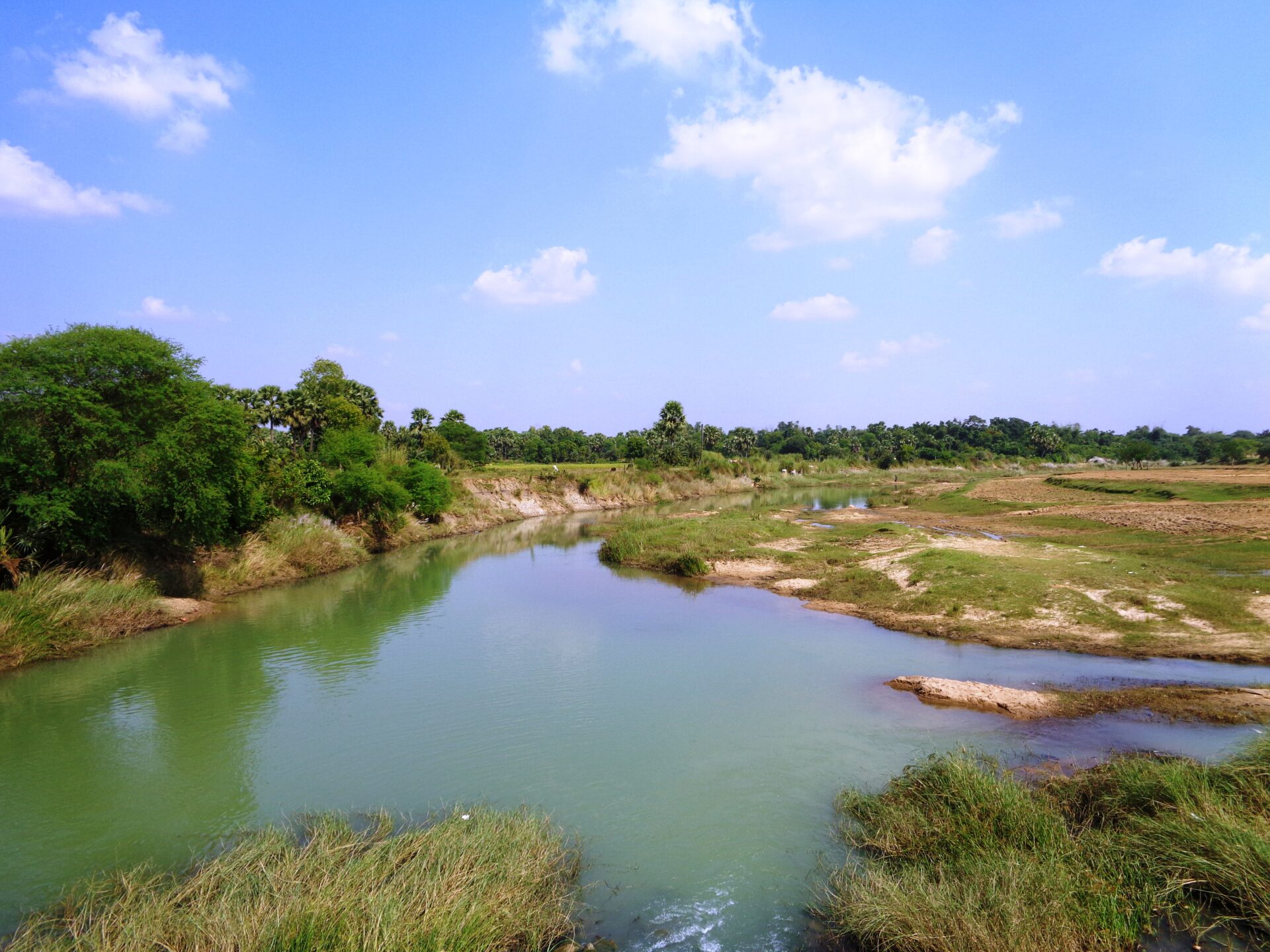Stepping into Santiniketan: A Journey Through History and Vision
Santiniketan isn’t just another stop on your travel map; it’s a living canvas of Tagore’s dreams, where art, learning, and culture blend seamlessly. Founded by Rabindranath Tagore—a poet, thinker, and the first Asian Nobel Laureate—this place is unlike any other. It’s not just a school or a university; it’s a sanctuary of humanism and creativity. As a history buff, this place had me hooked the moment I stepped foot on its red, dusty paths lined with ancient trees.
Tagore’s Vision: An Oasis of Free Thought
Imagine early 20th-century Bengal, a region choked by British rule and social division. Amidst all this turmoil, Tagore had a vision that went against the tide: a school without walls, both literally and figuratively. He started Santiniketan, which means “Abode of Peace,” to break free from rigid colonial education. Open-air classes, gardens for classrooms, and an education system that respected nature—Santiniketan was a breath of fresh air, quite literally.
Tagore wanted learning to go beyond books and exams. He believed in nurturing the whole person—mind, body, and soul. He welcomed students from all over, without discrimination, and insisted that women should learn and teach here too. Revolutionary? You bet. It was a radical experiment in breaking down societal barriers, something no other place was doing back then.
Architecture That Speaks
One of the first things you notice at Santiniketan is the architecture—it’s a fascinating mix. From the China Bhavan to the Patha Bhavan, these buildings echo cultural dialogue. They aren’t just structures; they’re living testimonies to the idea that education thrives when cultures connect. Tagore’s fascination with internationalism shows up in every corner here; the walls seem to whisper stories of distant lands and shared human experiences.
And let’s not forget, these buildings are works of art in themselves, designed to inspire. Historians often say architecture is frozen music, and in Santiniketan, you can hear the melody of Tagore’s vision. It’s not grandiose like a palace; it’s humble, thoughtful, and open—just like the man who dreamed it into being.
A Melting Pot of Cultures and Ideas
Santiniketan’s curriculum is like a world map of ideas. Students here don’t just study Indian traditions—they dive deep into global cultures. Imagine a classroom where Vedic hymns meet Japanese art, and Islamic architecture sits next to Western philosophy. And it didn’t stop with local or national boundaries. As early as its second year, Santiniketan welcomed its first international student from Japan. It was truly a global institution long before “global” became a buzzword.
Tagore himself was a vocal critic of narrow nationalism. He believed that learning and human connection should transcend borders, and Santiniketan lived by this creed. Scholars and artists from around the world flocked here, turning it into a true melting pot of ideas.
Shaping Leaders and Movements
It’s impossible to talk about Santiniketan without mentioning its influence on India’s freedom struggle. Leaders like Gandhi and Nehru often visited, drawn by Tagore’s inclusive vision of India. Nehru’s policy of non-alignment and his broader international outlook were heavily influenced by Tagore’s teachings. Santiniketan was more than a school—it was a crucible where ideas that would shape a nation were born.
Empowering Women: A Head Start on Equality
Tagore’s commitment to women’s rights is one of Santiniketan’s most underrated stories. He was way ahead of his time in advocating for women’s education. The institution not only admitted women as students but also welcomed them as educators—a bold statement in an era when most Indian women were confined to the home. Tagore’s writings are full of strong, independent female characters, mirroring his real-world push for women’s empowerment.
A Gathering Place for Geniuses
Walking around Santiniketan, you can almost feel the echoes of past brilliance. The list of luminaries who passed through these gates is staggering: Satyajit Ray, India’s legendary filmmaker; Amartya Sen, the Nobel-winning economist; and Indira Gandhi, the first and only woman Prime Minister of India. And let’s not forget the artists—Nandalal Bose, Ramkinkar Baij—whose works continue to inspire generations.
It’s a place that didn’t just educate; it nurtured creativity and celebrated talent. It’s no wonder so many trailblazers have roots in this small, quiet town in Bengal.
The Legacy of Tagore: Beyond Words
You can’t talk about Santiniketan without talking about Tagore himself. His songs, his poetry, his art—they permeate every aspect of this place. The anthem he wrote, “Jana Gana Mana,” is now India’s national anthem, sung daily by millions. His art school, Kala Bhavan, is still one of the best in the country. His influence reaches far beyond academia; it touches the soul of India.
Tagore’s call for a universal humanism still resonates today. He wasn’t just a poet—he was a force of nature, and Santiniketan is his living, breathing masterpiece.
A Call to Preserve
Santiniketan is a slice of history that continues to breathe. Tagore’s last letter to Gandhi pleaded for special care of Visva Bharati, the university within Santiniketan. And rightly so; it’s not just about preserving old buildings or manuscripts. It’s about keeping alive the spirit of innovation, freedom, and cultural dialogue that Santiniketan embodies.
Visiting Santiniketan isn’t just a trip—it’s a journey back to a time when education meant more than just classrooms and exams. It’s a reminder that the greatest minds think beyond borders, and the best schools are those that teach us how to live as better humans.

